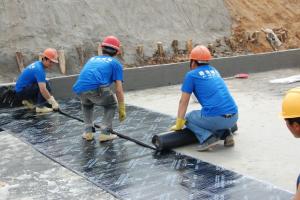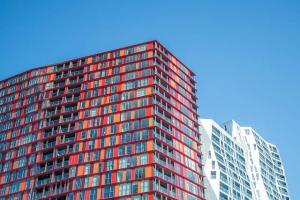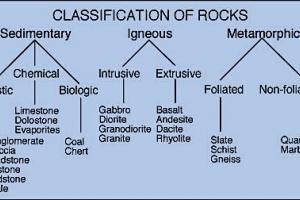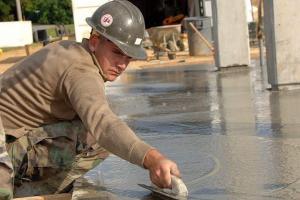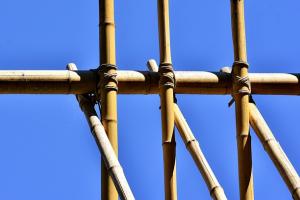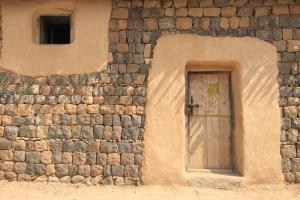Rubbers and Glass as Engineering Materials
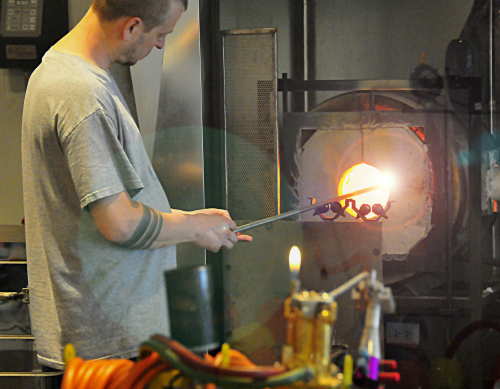
Rubber
It is essentially an elastic material and is either
- Natural Rubber or
- Synthetic Rubber
1. Natural Rubber
It is present as an emulsion in the latex of rubber trees mostly grow in hot, moist climate ► Malaysia, Venezuela, Mexico. Latex is milky fluid oozing (dropping) from vertical grooves having an upward inclination cut around the trunk of the rubber tree. Pots are tied to the trunk of the trees for collecting latex. Crude rubber is obtained by coagulation of latex with alcohol, alum or lime.
Crude rubber becomes hard and brittle in winter and soft in summer, therefore some compounds are added to modify its properties.
1. 1. COMPOUNDING RUBBER:
Crude rubber is mixed with filler. There are number of fillers in common use each imparting specific properties. Some of which are lamp black, oxides of iron, slaked lime, sulphur. Sulphur is the most common, with which rubber forms a mass which is hard, tough and resistant to water and ordinary changes of temperature. The process of mixing rubber with sulphur is called as Vulcanizing.
1. 2. RECLAIMING RUBBER
Rubber from old, worn out articles can be reclaimed either by mechanical or chemical process. Mechanical ► by grinding the articles into fine particles, removing any trace of iron with the help of electromagnets, washing. Chemical ►Groung articles are dissolved either in an acid or alkali to loosen and remove other materials and the rest of the process is same as above.
2. Synthetic Rubber
Recently rubber is produced on a large scale artificially from acetylene gas under trade names of
- Neoprene
- Choroprene
- Butyl
Artificial rubbers possess certain properties that are hard to be achieved with natural rubber such as resistance to acids particularly to grease, kerosene and petroleum.
Uses of Rubber
- About 70% of the total world production of rubber is consumed by automobile tyre industry
- Rubber is used as a flooring material. Tiles of sheets of rubber for covering of floors are used in public and industrial buildings, buses and ships because of their fair weather resistance quality.
- Synthetic rubber is used for packing oil-working machinery, hose pipes for carrying petrol.
- Rubber bearing pads are used under girders for bridges
- Rubber is also used for expansion joints
Glass
Glass has been used extensively in building construction since long for
- Glazing doors and windows
- For insulation and for decoration
Principal Constituents of Glass
The glass is obtained by fusion of silica, lime, and potash or soda at over 10000C. In order to modify its properties of hardness, brilliance and color other ingredients like iron oxide, lead oxide, borax etc are added in varying proportions. Functions of the various constituents of glass are:
-
SILICA:
- Main constituent of all kinds of glass
- Since it fuses at very high temperature some alkaline admixture like sodium carbonate or potassium carbonate is added to make it fuse at lower temperature
- The admixture also make the liquid silica more viscous and better workable
- POTASH:
- This renders glass infusible and gives fire resisting properties to it
- SODA:
- It quickens fusion of glass and as such excess of it is harmful
- LIME
- It imparts durability and toughness to the glass
- LEAD OXIDE:
- It gives color to the glass and therefore its presence in glass is not much desirable
- CULLET
- It is broken glass of the type desired to be manufacture that is added as a raw material to bring down the cost o production
MANUFACTURE OF GLASS
All the constituents of glass are separately ground, sieved and mixed in desired proportions. The mix is then fused in a tank furnace or in a pot furnace. The former is used for large scale productions and later for smaller productions of superior quality. The charge that is fed at one end of the furnace is continuously taped in molten state at the other end. The molten glass is given the desired shape by any one of the following methods.
-
Blowing:
- The operator dip one end of a blow pipe ( 12mm in dia. and 2 m long) in the molten glass and takes it out
- The blow pipe is held vertically on taken it out after a dip
- The sticking molten glass lengthens
- Then the molten glass is blown vigorously the molten glass takes the shape of a hollow ball
- Flat drawing:
- Iron rod is dipped into the molten glass and moved sideways to form a plate of glass which is then passed in rollers to form glass sheets.
- Rolling:
- The molten glass is poured over flat iron table which has rollers fixed at one edge. The molten glass is rolled into sheet of glass.



